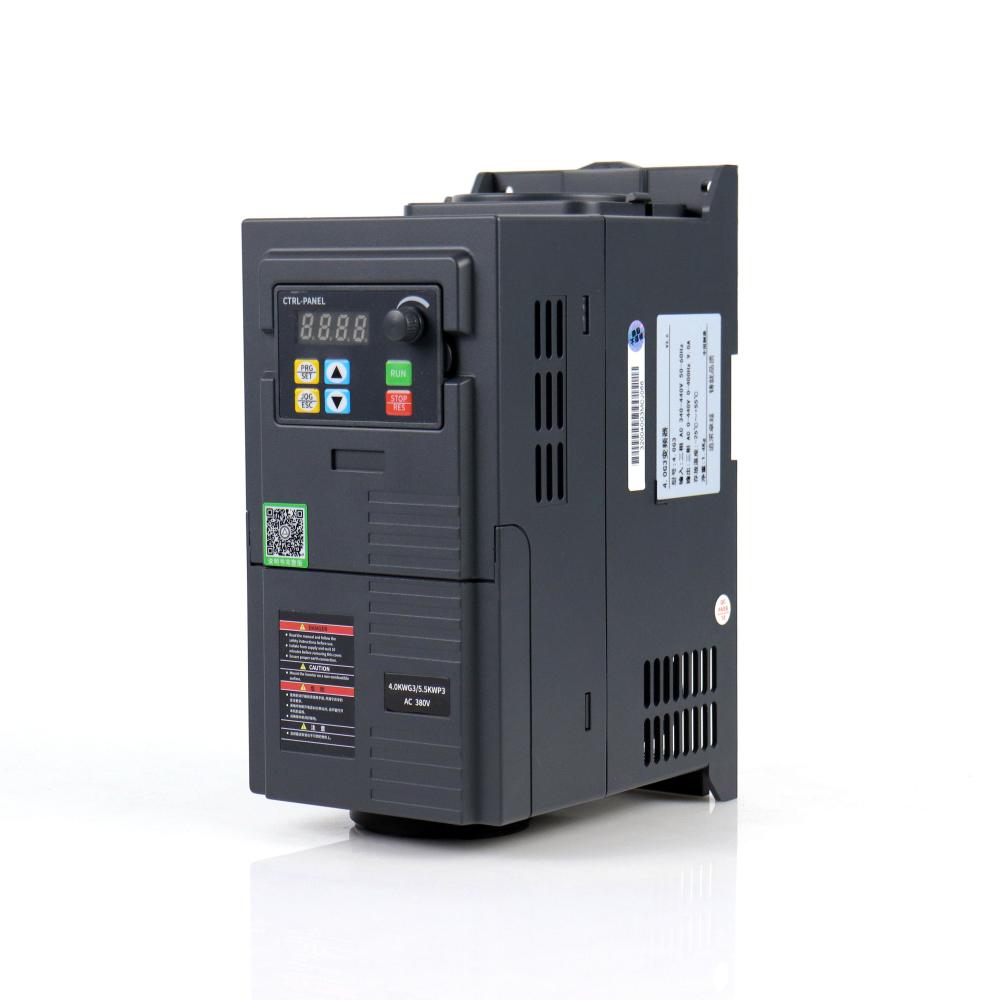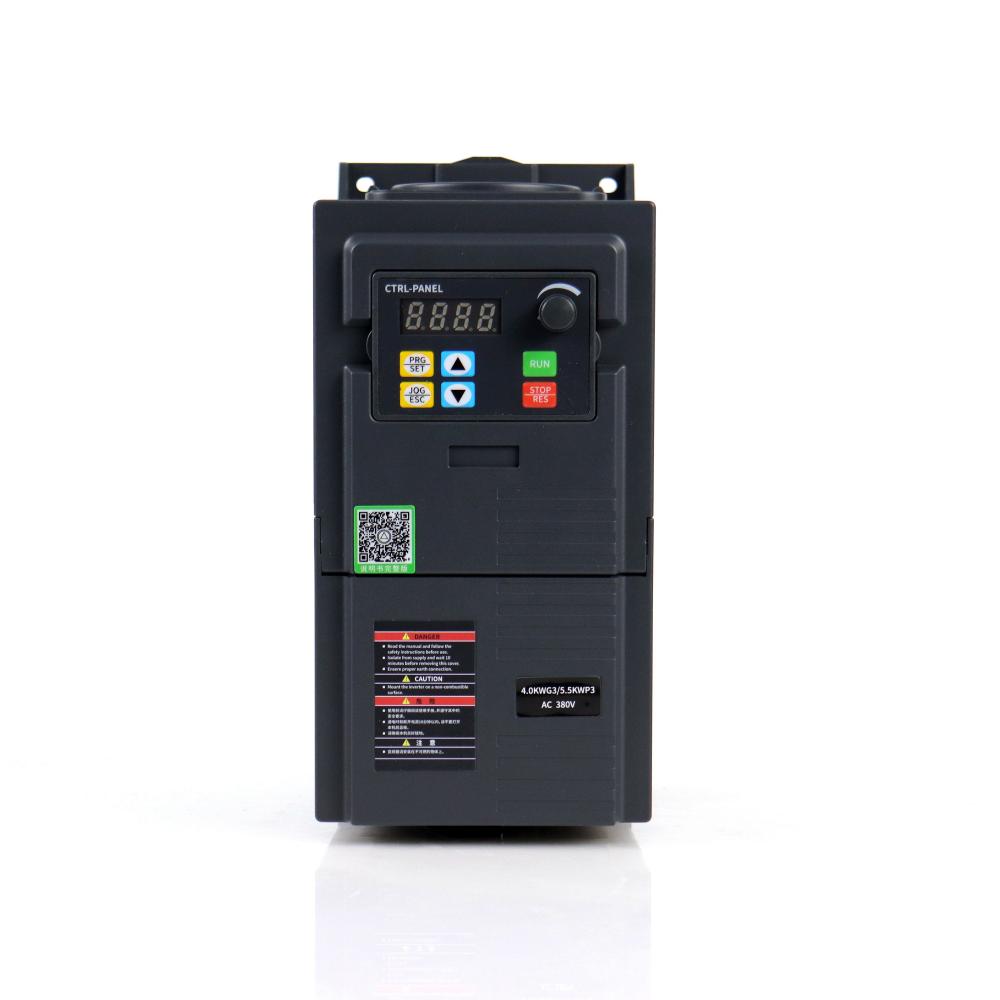These keywords represent critical components and applications within the electrical and industrial sector. Here's how they can be classified:
-
Frequency Converter: A frequency converter is a device that converts the frequency of an alternating current (AC) to match the requirement of a particular electrical device or system. This allows equipment designed for specific frequency to operate in regions where the electrical supply has a different frequency. For example, a frequency converter can be used to allow a device designed for a 60Hz supply to operate in a region with a 50Hz supply.
-
Variable Frequency Drive (VFD): A VFD is a type of motor controller that drives an electric motor by varying the frequency and voltage of its power supply. VFDs have significant applications in industrial systems and machinery, where they allow for precise control of motor speed and torque, leading to increased efficiency and longevity of equipment.
-
Pumps, Fans, Conveyors: These are common applications of motors controlled by VFDs. The variable speed provided by the VFD allows these systems to operate more efficiently and adjust to the specific demands of their task. For instance, a pump's flow can be controlled more accurately, fans can be speed adjusted according to the cooling requirement, and conveyor speed can be precisely managed based on the production line's needs.
-
Phase Motor: A phase motor refers to the type of electric motor, which operates based on the phase of the power supply. The most common types are single-phase motors and three-phase motors. Single-phase motors are usually found in lower power applications like household appliances, while three-phase motors are used in higher power applications, often in industrial settings. These motors can be controlled using VFDs for enhanced performance and efficiency.
These components play significant roles in various industries and are essential for efficient operation in many modern systems. The use of VFDs and phase motors, in particular, has revolutionized the way we control and optimize industrial processes, leading to substantial improvements in energy efficiency and system longevity.


Frequency Converter,Variable Frequency Drive,Pumps Fans Conveyors,Phase Motor
WuXi Spread Electrical Co.,LTD , https://www.vfdspread.com